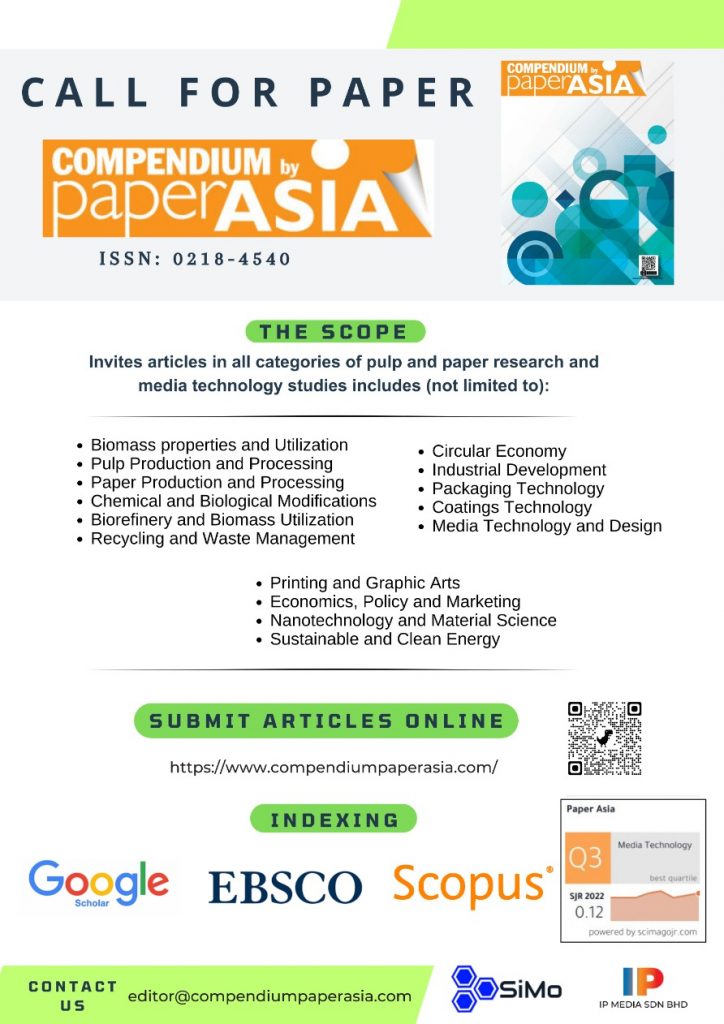Paper Value Chain is Ready to Take Circularity to A New Level with 2030 Recycling Rate Target
Representatives of the European paper value chain gathered recently in Brussels have pledged to recycle 76% of all paper consumed by 2030. The commitment was taken during the 8th edition of the European Paper Recycling Awards which saw two projects, breaking new ground for how far paper recycling can go, receiving the highest distinction in the European paper recycling community. The video recording of the event is available online.
The new, ambitious recycling rate of 76%, calculated by dividing the recycling of used paper by the total paper and board consumption, should be reached by the year 2030. It represents a best-in-class performance both at global level and across material industries, as paper and board is the most recycled material in Europe.
The commitment is laid out in the new European Declaration on Paper Recycling 2021-2030 published recently. The document sets out measures to optimise the management of paper at every step of a continuous recycling loop. This entails a variety of operations, from paper and board manufacturing, its conversion into products and prints, through to its collection, sorting, and recycling. Each step in the process is a distinct industrial sector with only some degree of horizontal integration, making cooperation a must to reach the ambitious recycling target.
The projects or campaigns competing for the awards are all game changers in the way we recycle paper in Europe. They will contribute to achieving our ambitious goal of a 76% paper recycling rate by 2030. This is an ambitious target and every piece of paper and board bringing us closer to it counts!
Annick Carpentier – Chair EPRC (European Paper Recycling Council)
The industries co-signing the declaration state however that several enabling conditions from EU and local authorities need to be met. Including to limit the use of paper waste for energy recovery purposes and to ensure that paper is separately collected to preserve the quality of the material. Separate paper collection is also a prerequisite for higher levels of recycling and needs to be further promoted. However, the paper value chain is also pushing boundaries for what additional products could be recycled, and how to access paper waste which is not finding its way to separate collection. The European Paper Recycling Award winning projects tackle both these challenges. EnEWA, a research and development project financed by the German Federal Ministry for Climate Protection, is focusing on the optimisation of sorting, cleaning and recycling paper even when it is mixed with other residual household or commercial waste. Awarded in the “information and education” category, the CELAB project is a cross-industry initiative to recycle self-adhesive labels.
The recycling rates we have already reached put paper and board as industry front runners. Both ongoing initiatives and planned steps will allow us to close the circular economy loop even further. The innovative projects presented yesterday at the EPRC Awards are timely examples of what it will take to get there.
Ulrich Leberle – Secretary EPRC (European Paper Recycling Council)



